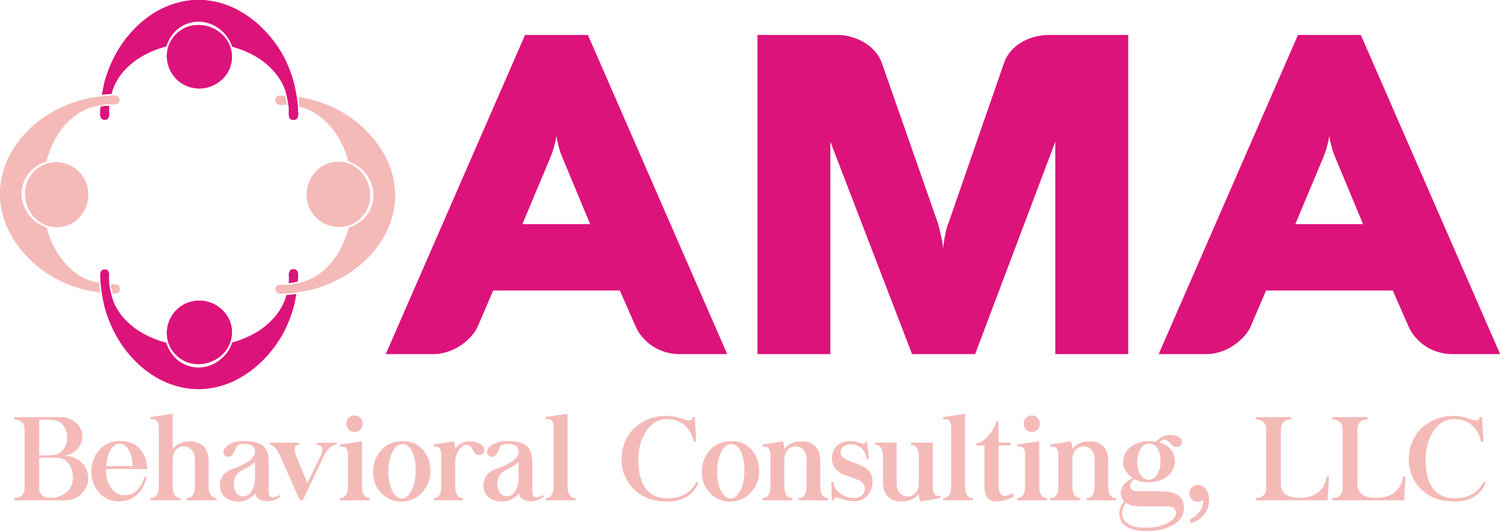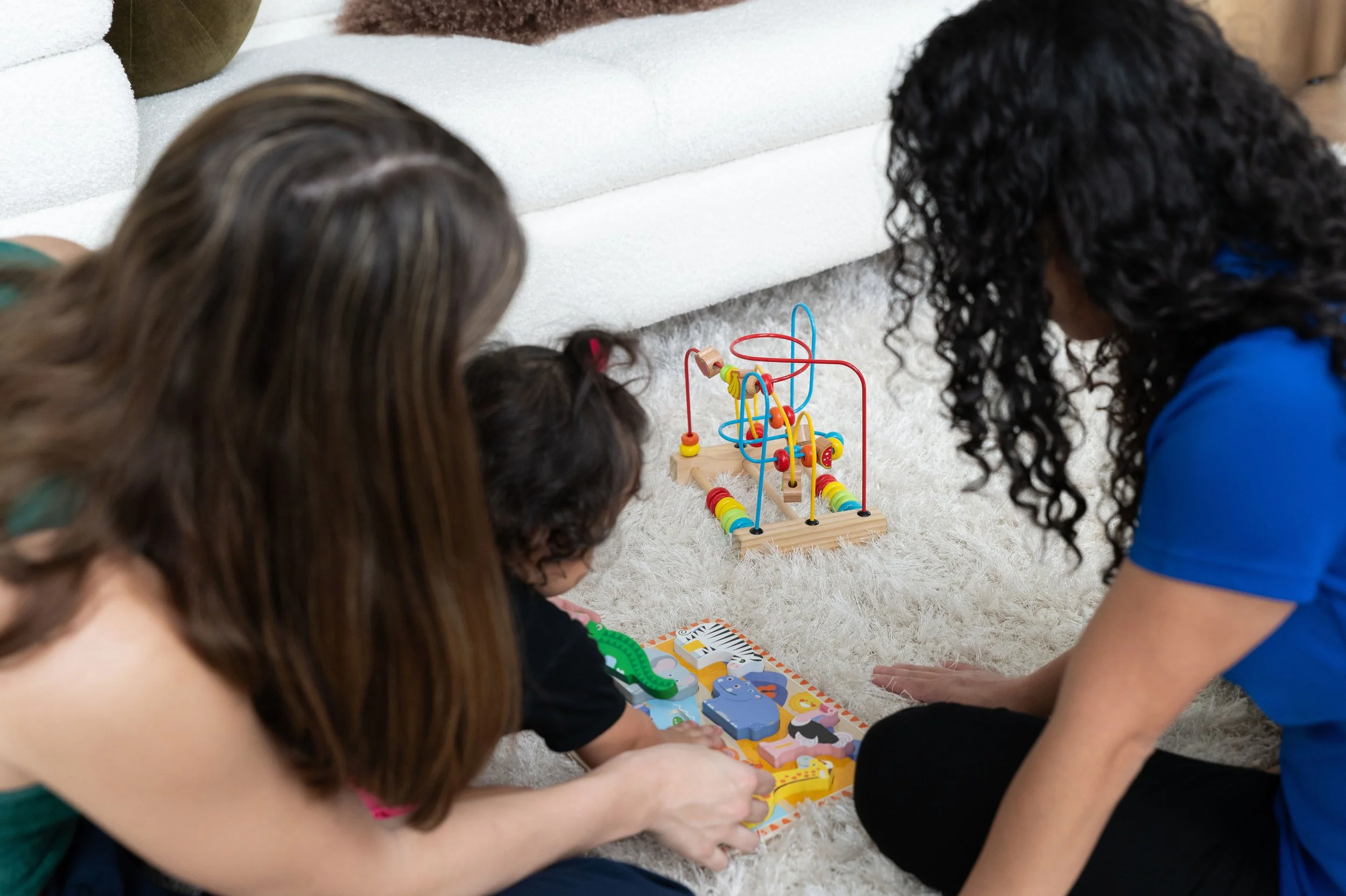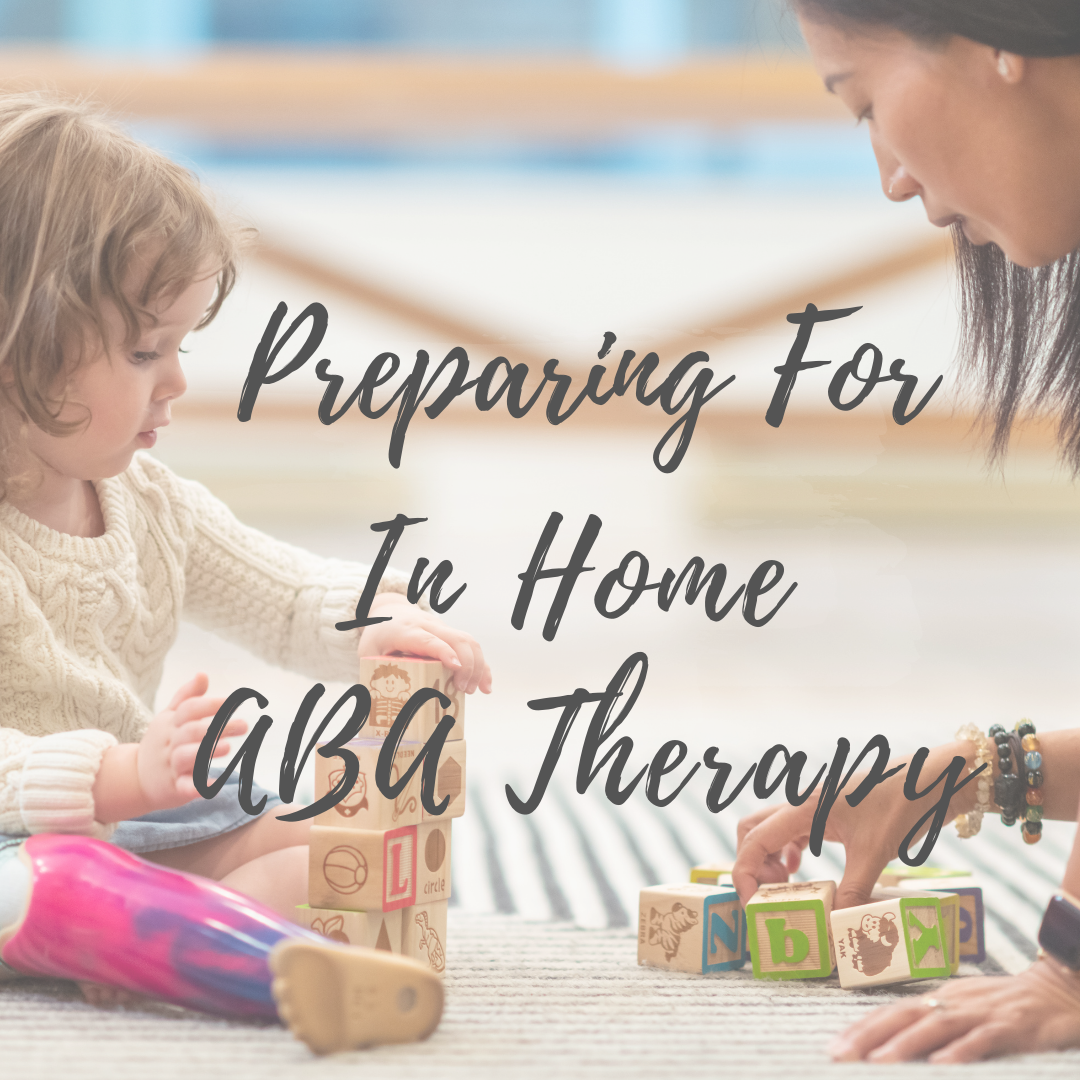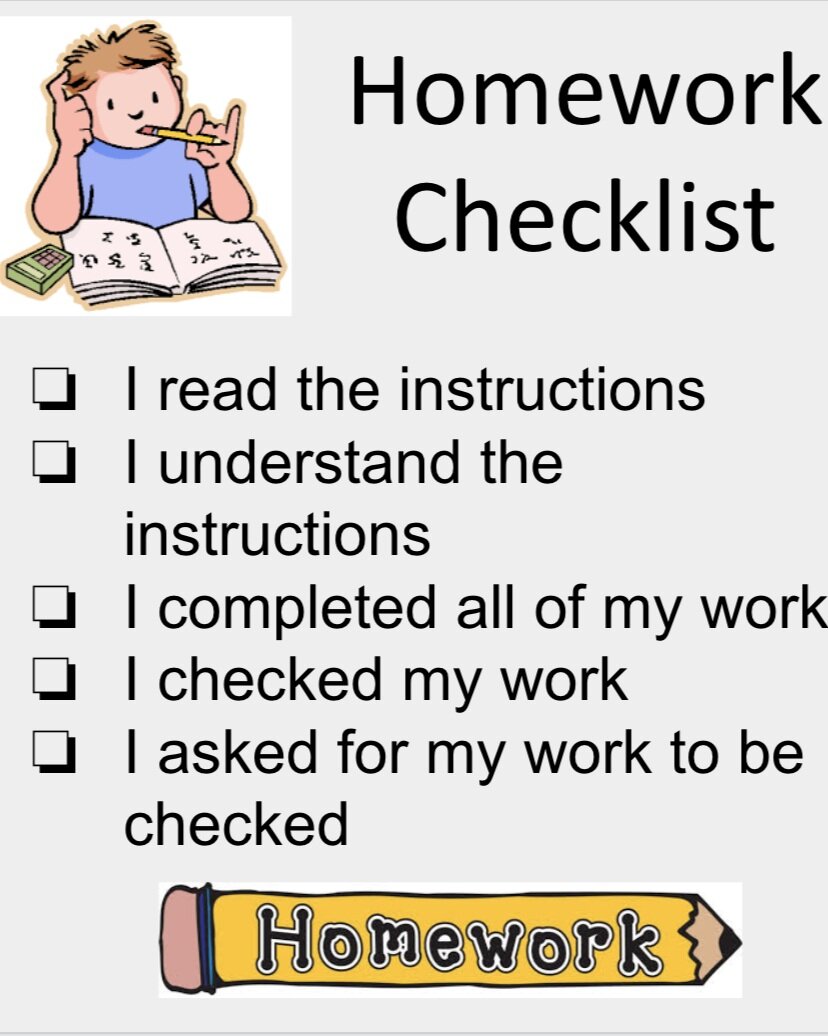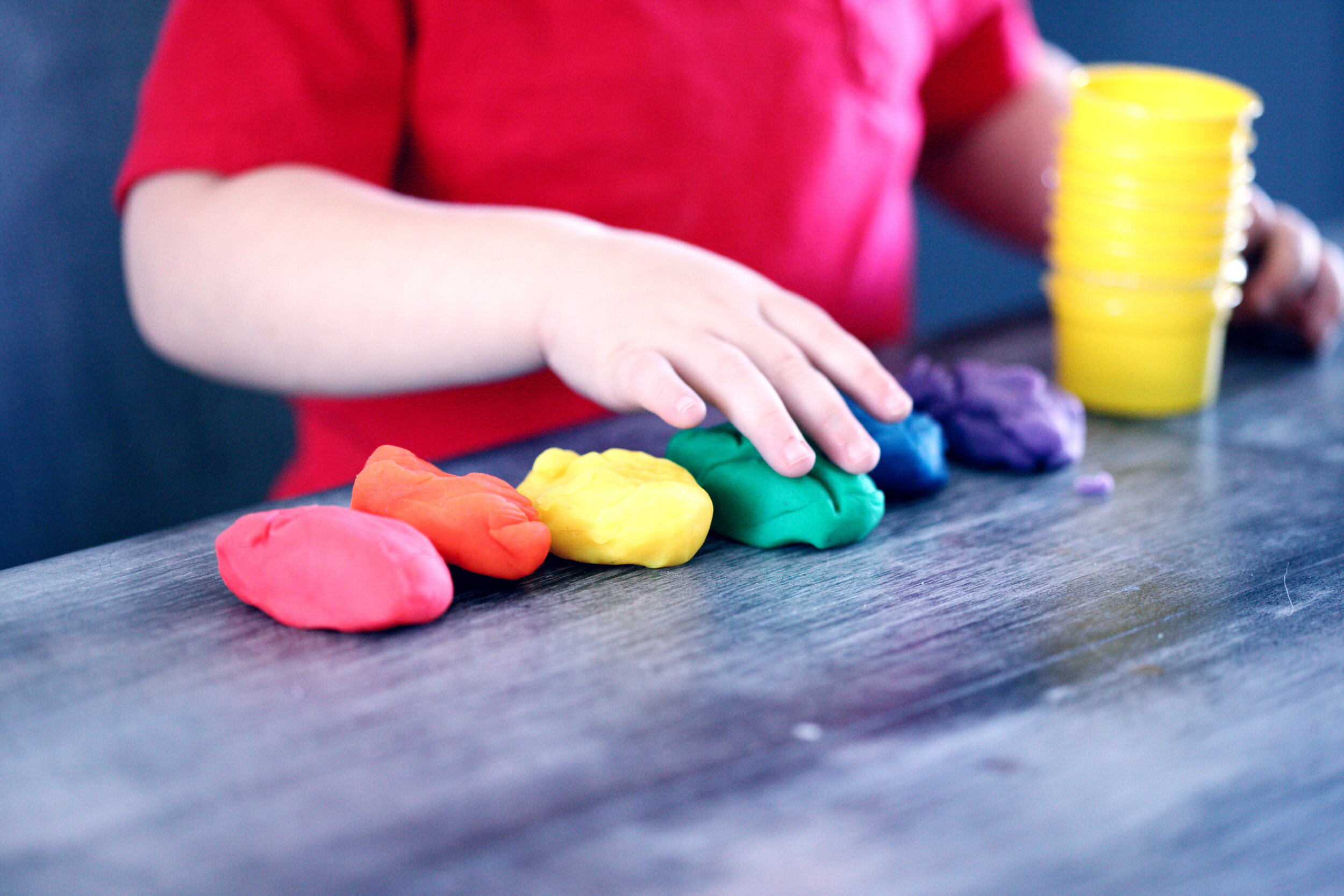ABA Parent Support: Immediate Help for Families
/Read Time: 5 Minutes
Parenting a child with challenging behaviors can sometimes feel overwhelming. You may find yourself asking:
“How do I help my child manage big behaviors at home?”
“What can I do while we’re waiting for therapy to start?”
“Is ABA parent support really for us?”
If these questions sound familiar, you’re not alone. Many families explore parent support and education as a way to gain confidence, strategies, and immediate guidance while waiting for more formal ABA therapy services.
What Parent Support Really Is
Parent support is not about judgment or “fixing” your parenting. Instead, it’s a collaborative process guided by a Board Certified Behavior Analyst (BCBA) who works alongside you to:
Provide practical, evidence-based strategies you can use every day
Help you understand why behaviors happen and how to respond effectively
Share tools that reduce stress for the entire family
Create space for your questions, concerns, and goals
➡️ If you’re brand new to ABA, check out our blog: What is Applied Behavior Analysis (ABA)?
Where Parent Support Can Happen
One of the benefits of parent support is flexibility. Sessions are designed to take place where they matter most for your family:
In your home for guidance during everyday routines like meals, homework, and bedtime
At facilities or community locations (such as grocery stores, playgrounds, or medical appointments) where your child may face challenges
Via telehealth, offering convenient and flexible access wherever you are
➡️ Read more about how to prepare: Preparing For In-Home ABA Therapy
Why Families Choose Parent Support
Families often turn to parent support and education because:
They are on a waitlist for ABA therapy but don’t want to lose valuable time
They want to feel more confident managing tantrums, transitions, or sibling challenges
They need immediate guidance instead of waiting months for services to begin
At AMA Behavioral Consulting, our analysts have immediate availability for parent support sessions, so you can start building momentum right away.
➡️ Many families begin this journey right after diagnosis. Here are 5 Things To Do After Receiving an Autism Diagnosis
What You’ll Walk Away With
Each session is designed to leave you with actionable tools that can be put into practice the same day. Examples include:
A visual schedule that makes mornings smoother
A replacement script for “Stop that!” to reduce meltdowns
Reinforcement ideas beyond food and toys
Step-by-step strategies for handling transitions or power struggles
➡️ To learn more about fostering independence, check out: Teaching Your Child To Be More Independent
Final Thoughts
Parent support and education may be the right fit for your family if you’re looking for immediate strategies and guidance tailored to your daily life. Whether at home, in the community, or online, our Board Certified Behavior Analysts are here to help you take the first step today.
Ready to get started?
Contact us at amabehavioralconsulting.com/contactus to schedule your first session.
You don’t have to wait to see change—you can start now!
